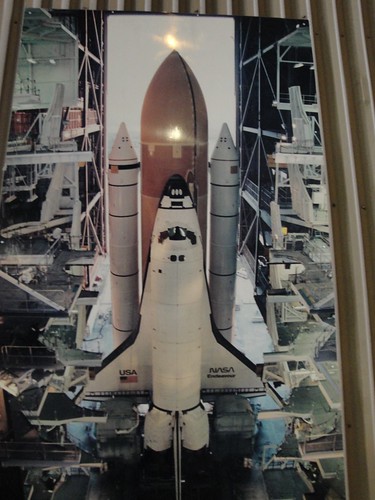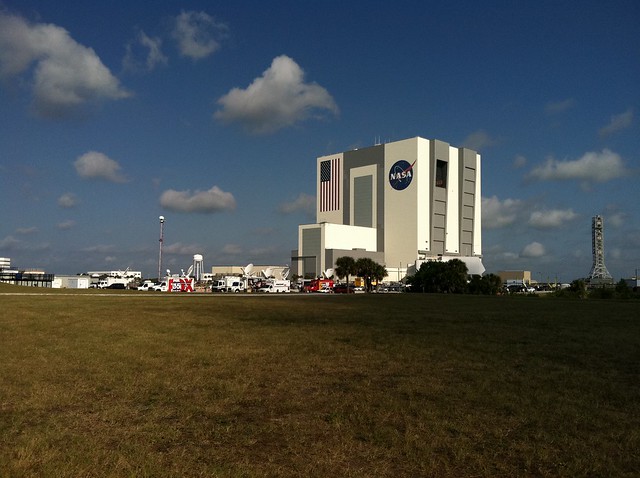I’m told I’m a pretty upbeat person. I usually note the challenge in something and take it on, or deal with it as positively as I can. One of the self imposed challenges I’ve taken on gladly the last few years has been to embrace a new 21st century pedagogy that is still in its infancy (somewhat) and make it as powerful for my “at risk” students as it can be (see examples- here, here and here). Partly because it is the 21st century and education seems stuck somewhat in the convergence of the 19th and 20th centuries, and because the more I delve into the possibilities the more powerful and engaging I have found them to be.
My students and I stepped into a shiny new school year last August with that as our recent legacy. And we weren’t alone. (see here, and here for examples ) Some of the aspects that make this new pedagogy rich are the collaborative and connective possibilities it invites, enables and leverages. But like anything that is valuable it must be done with rigor, and rigor takes time if done … um … rigorously. But that was good because that was what we were doing … we were finding that students were motivated to do things with rigor when we had them participate this way … it made rigor easier to get to because students wanted to do well, wanted published work with their name on it to be “good.” So we started out in good company with schools and students and teachers we had met and joined with along the way AND the promise of more to come.
We weren’t entirely disappointed by what happened next – we still did some good things …. but disappointed we were. We ran full bore into the “innovative,” “school reform movement.”
Now you would think WE would be a key cog in this “innovative school reform movement,” right? After-all we (and by we I mean my class and all the other classrooms and teachers and educators we have worked with the last 4 to 5 years – and some we have not been involved with directly but are out there too) … so … after-all we have been developing, participating in and truly innovating in teaching and learning and new ways to get at this education thing that mostly people tend to agree is stagnate, and behind, and is way past due changing! I’m afraid WE were wrong. Apparently “innovation” is synonymous right now with “old ways” tied to “new testing” (which seems mostly like “old testing”)… well and data and assessment …. and then more data and all the meetings and in-services that includes.
But still, no one told us to stop doing what we had been doing. AND no one told us to stop doing new things even. It’s just that BEFORE we could do those things we had to do THEIR things … with rigor. In my case that meant a schedule that included 2 hours and 45 minutes a day of literacy (during which you WERE NOT to teach science or social studies content … you could teach HOW to use a textbook (that might be on a test), just not the content) and 2 hours a day of math. I had 45 minutes PER WEEK of science OR social studies, no art, no PE. This is what “innovation” looks like during reform evidently. To me it was more like the old days of Readin’, ‘ritin’ and ‘rithmetic.
My class still blogged, but not as much. Still did projects, but not as much or as deep. I’ll let your imagination figure out how we even did that with the schedule I provided above. Others were going through the same, and those that were still “free” were beyond incredulous as to what was going on … or maybe NOT going on. Imagine if we were supported in what we do and collaborated and coached each other and made what we were doing even better? Frustrating? Yes. And many people and departments that you would think would be cheering us on were at the root of our frustration. We’ve been a glum group I’m afraid.
But it seems there might be light at the end of this “reform tunnel.” Others are becoming aware and speaking up (including the President it seems in an ironic twist), and the lockstep of the media uncritically reporting what some have wanted reported has softened some. How can I tell? Because there is suddenly a desperation in the current “reformers’ ” tone, rhetoric and actions.
I’m also buoyed knowing that what many of us have been doing is a right way to go. A great way that IS innovative, that is rigorous and engaging. Other reform models seem heavy on the rigor and very light on the innovation or truly being engaging. NOTE: I was actually told this year that testing IS engaging and motivating if “done right.” If students are constantly charting their improvements and seeing where they need to go next, that is all they need to motivate them according to some. Is that good enough for your kids? (and remember the narrow curriculum piece that goes with it!) If so, go for it. But note that the students that tend to be involved the most in this kind of reform have the least voice in what their education looks like, and the “reformers” children do not experience the reforms their parents thrust on others.
I think we are turning a corner. There are more voices out their now and we all have to jump in to amplify them and make sure they (and we) are heard. A big part of that is sharing what you do in your own classroom, or if you are not a teacher, what your children do that is truly innovative, engaging and powerful for them as learners. Remember too, the Save Our Schools March, on July 28th through the 31st.
Learning is messy!





